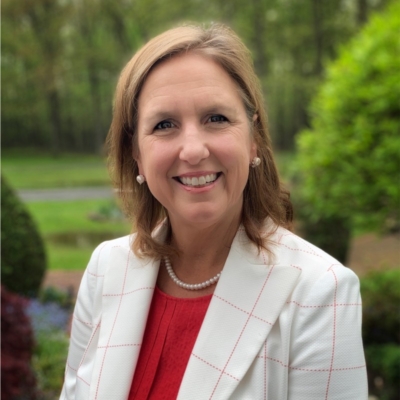Aerozone Alliance is a nonprofit economic development agency with a bold mission: to drive the resurgence of an economic district called the Aerozone. Our aim is to create a thriving hub where space, aviation, advanced manufacturing, and support service businesses can flourish.
As a nonprofit, we often wrestle with a somewhat nebulous mandate. To bring structure, we layer on quantifiable goals: jobs created, JobsOhio projects secured, capital investments catalyzed, businesses attracted, payroll generated, tax revenue added. These metrics give us something to shoot for.
But maybe there’s a more profound question we should be asking ourselves:
How do we put ourselves out of business?
The core rationale for our existence is this: aerospace jobs in Northeast Ohio and within the Aerozone, specifically have been in decline over the past decade. Worse, projections suggest this trend will continue. At a time when the global aerospace industry is booming, our region has been left behind.
This is why we’re here, to change that trajectory. To make NASA Glenn Research Center more porous, enabling it to catalyze regional innovation. To help transform Cleveland Hopkins Airport into an institution that sparks growth in the aviation sector.
But why pose such a disruptive question?
For for-profit companies, the goal is clear: maximize shareholder value in perpetuity. Nonprofits, however, should aim for something very different. We should define our mission, solve it, and then step aside. If we don’t think this way, we risk becoming part of the very systems we were created to disrupt.
This mindset forces us to think in first principles and address root causes—not just symptoms.
When I bring this up with colleagues in the nonprofit world, most push back. Their counterpoint: “But if we didn’t do this work, who would? Some problems are so big that you can’t solve them. All you can do is apply a temporary balm to ease the pain, knowing full well the deeper systemic issues remain.”
I see the logic in that.
It’s like the story of the boy on the beach surrounded by hundreds of stranded starfish. He picks them up one by one, tossing each back into the sea. An old man walks by and tells him his efforts are futile. The boy replies, “It mattered to that one.”
I get it. Emotionally, I resonate with this sentiment.
But I also disagree.
If the boy really wanted to make a difference, he should spend at least 10-20% of his time figuring out why the starfish keep getting stranded in the first place. We nonprofits can’t all be in the business of saving one starfish at a time.
We need to ask:
- What’s happening in the water to cause this problem?
- Are we working to create systems that prevent it from happening again?
- How much of our time and energy are we devoting to eliminating the problem altogether?
In my experience, we’re not asking these questions enough. Aerozone Alliance certainly hasn’t asked this of ourselves…and maybe we should.
Maybe our board, funders, industry partners, and key stakeholders should be challenging us with this question:
What does “Mission Accomplished” look like for Aerozone Alliance?
There aren’t enough dollars in the system to fund Aerozone Alliance forever to save one starfish at a time. So what are we doing about it?
Here’s the good news: we’re working on systems that could make Aerozone Alliance more productive and potentially less necessary. Two examples:
On Business Growth and Attraction
We’re lucky to have a region filled with passionate industry leaders, elected officials, residents, and business service providers (lawyers, accountants, financial advisors) with expansive networks. One of Northeast Ohio’s greatest exports is its talent. The Alliance of leaders is currently working to activate these individuals to become our eyes and ears for local business growth opportunities and to help attract key businesses to the region. While still too early to declare a victory, we are seeing an unprecedented number of leads come through from our local stakeholders.
On Workforce and Talent Connections
We currently spend enormous time and energy manually connecting businesses to job seekers, a slow, labor-intensive process. But technology exists to automate this. Watch for our solution launching in August.
If we step back and look at these two examples, could we imagine a future where Aerozone Alliance has solved mini or even major issues by putting robust systems in place? Systems that unleash the power of our region and break the linear relationship between input and output?
Could we create nonlinear impact, where every dollar spent and every action taken, doesn’t just save one starfish but exponentially increases our impact?
If we focus relentlessly with this lens, could we put ourselves out of business in five years?
That’s not just a question. It’s a challenge.
Because in the end, the ultimate measure of our success won’t be how long we’ve existed—it will be how unnecessary we’ve made ourselves.
When that day comes, we’ll know we’ve done our job.
Best regards,

Hrishue Mahalaha
Executive Director
Aerozone Alliance


